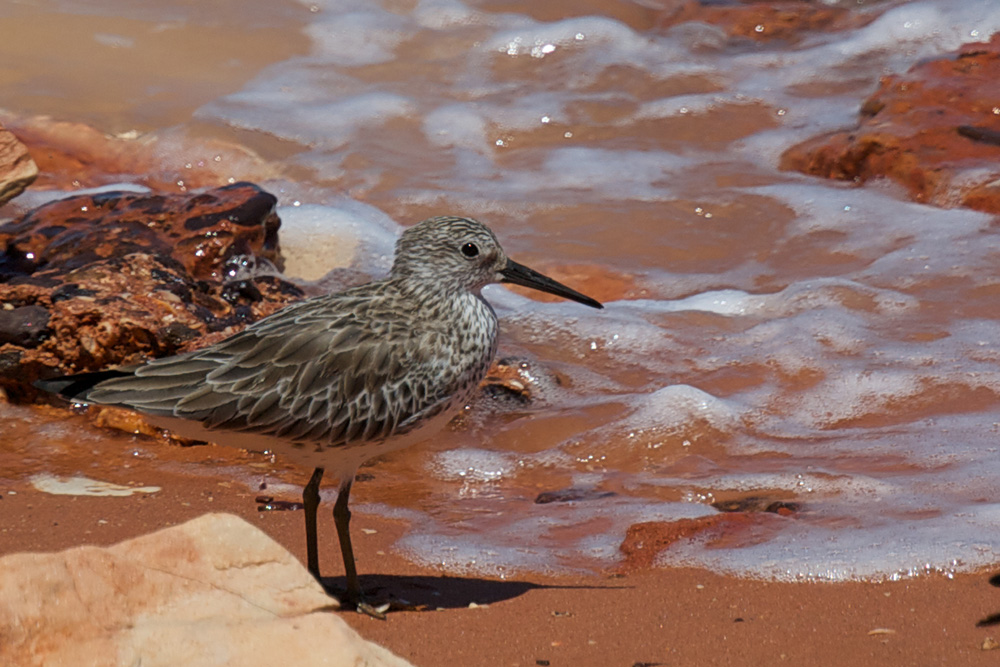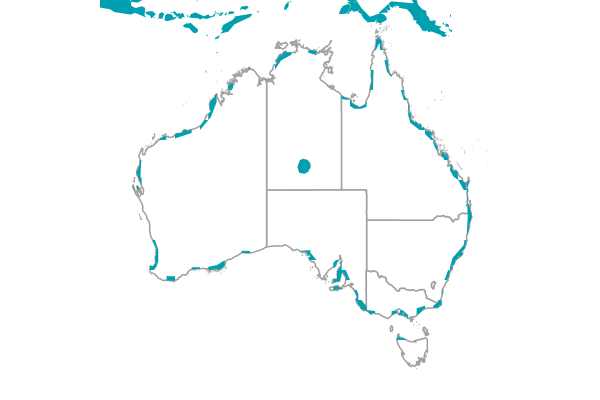Behaviour
Call
Usually silent, however said to call in a double whistle.
Diet
When in Australia they can been seen feeding on bivalve molluscs, snails, worms and other crustaceans.
Breeding
Great Knots do not breed in Australia, instead nest in Siberia during the northern summer. They are a regular summer migrant to Australia.
Field Guide
Improve your identification skills. Download your Great Knot field guide here!





